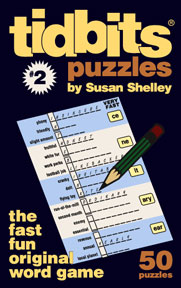The two-cent stamp tax
The Postal Service's Board of Governors announced last Monday that the price of a first-class stamp will go up two cents to thirty-nine cents effective January 8.
But there was something peculiar in their statement. Instead of the usual moaning about higher costs and declining revenues, the reason given for the price hike, according to the Associated Press story of November 15, was this:
The increase fulfills a requirement, passed by Congress in 2003, that the Postal Service establish a $3.1 billion escrow account. Congress is to determine later how to spend that money. The Postal Service said without the mandate it would not have had to raise rates next year.
That means the two-cent increase is actually a new tax. The Postal Service will collect it from unsuspecting consumers who will naturally assume that the price of stamps reflects the cost of delivering mail, when actually the money will go to set up a $3.1 billion Congressional slush fund that can be used to offset the deficit in the looking-glass world of Washington bookkeeping.
If I'm not mistaken, there is also an airport trust fund, a highway trust fund, and a Social Security trust fund that similarly collect extra money. These buckets of cash create a giant blob of federal assets on the balance sheet, making the deficit look smaller than it truly is. In other words, as long as there's a federal deficit, these trust funds are like a house with all the equity borrowed out of it. It only looks like an asset.
These things should be recognized for what they are. They're an extra tax on air travelers, an extra tax on gasoline buyers, and an extra tax on salaries both for the employers who pay them and the employees who receive them.
And now there's a two-cent tax on stamps to keep them company.
Copyright 2005
.




<< Home